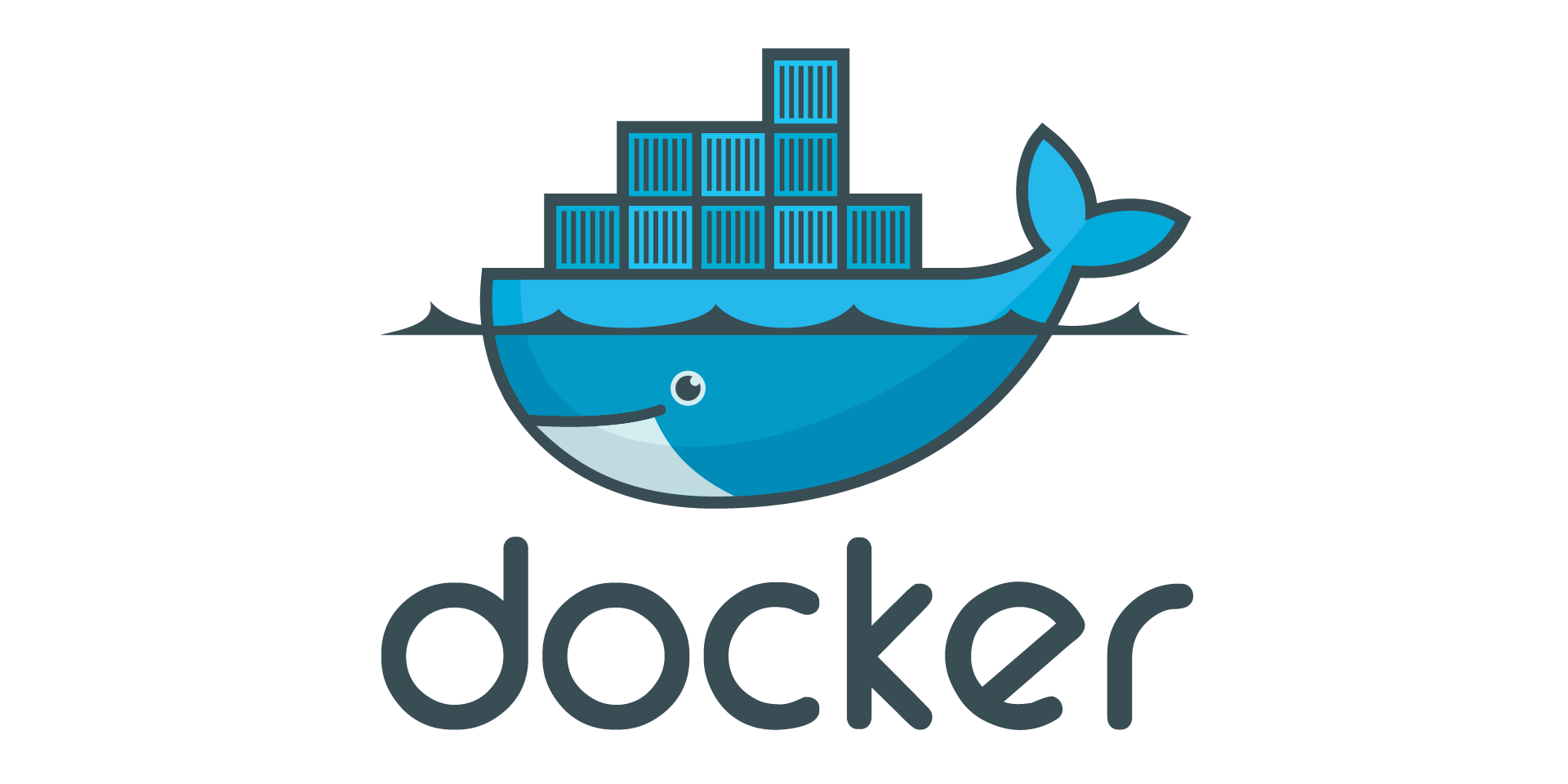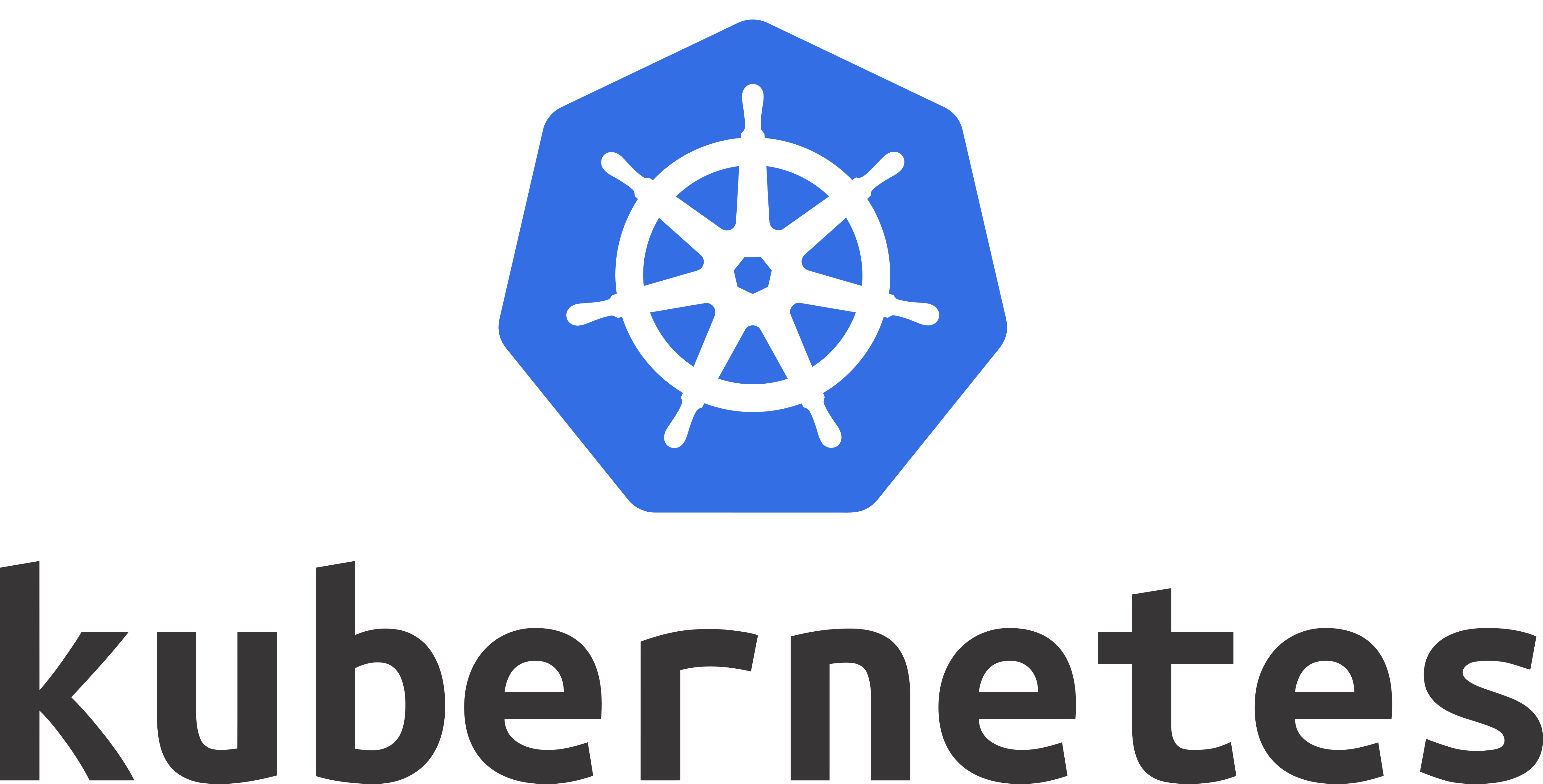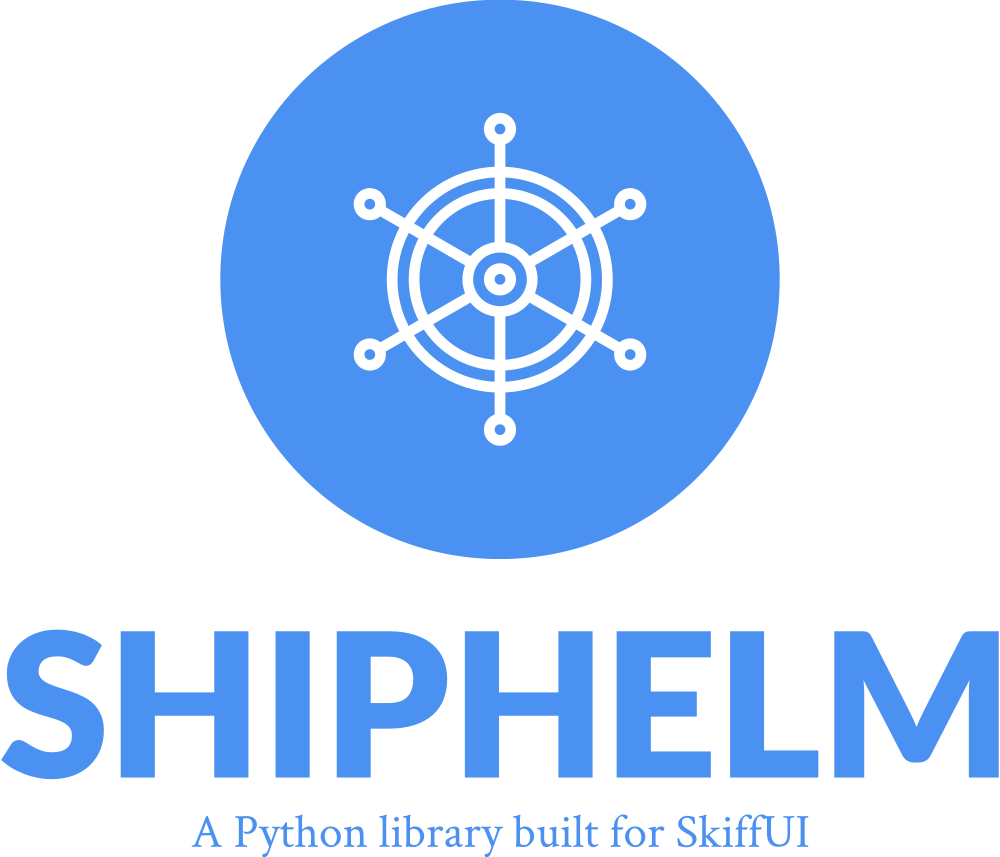Docker and kubernetes integration library
Project description
Shiphelm
Table of Contents
- Shiphelm
- Installation
- Docker usage example
- Get a List of Running Containers
- Get a running container by ID
- Get Stats and Ports for a Container by ID
- Search for Containers by Name
- Change the Ports of a Container
- Rename a Container
- Add and Remove Containers from Networks
- Create and Delete Networks
- Run a New Container
- Get and Set Environment Variables for a Container
- Get and Set Volumes for a Container
- Example code
- Kubernetes (K8S) usage example
- Get a List of Running Containers
- Get Stats and Ports for a Container by ID
- Search for Containers by Name
- Change the Ports of a Container
- Rename a Container
- Add and Remove Containers from Networks
- Create and Delete Networks
- Run a New Container
- Get and Set Environment Variables for a Container
- Get and Set Volumes for a Container
- Example code
- Dynamic engine selection
- Remote engines via GUI
- Contributing
Shiphelm is a Python library for interacting with containers more easily. With Shiphelm, you can:
- Get a list of all running containers
- Get usage statistics and used ports for a given container by ID
- Search containers by name or ID
- Change the open ports of a container
- Run new containers
- Work with Docker, and Kubernetes
- Use Kubernetes clusters and Docker Swarm
- work on clusters, and swarms of container hosts
Installation
You can install Shiphelm using pip:
pip install shiphelm
PyPI: https://pypi.org/project/Shiphelm/
GitHub Releases https://github.com/Gameplex-Software/ShipHelm/releases

Docker usage example
This code will allow you to manage the local container engine
Standalone Docker installation
from shiphelm.helm import helm
hd = helm() # create an instance of helm
helm.set_engine_manual("docker")
Remote standalone Docker installation
This code will allow you to manage any compatible remote container engine
from shiphelm.helm import helm
hd = helm.reomte_connect('tcp://remote-docker-host:2375') # create an instance of helmdocker for romote management
Remote Docker swarm installation
from shiphelm.helm import helm
hd = helm.helm() # create an instance of helm
helm.set_engine_manual(engine_select="docker", remoteAddress="YOUR ADDRESS HERE", remoteSecurity=<True|False>)
Get a List of Running Containers
running_containers = hd.get_running_containers()
Get a running container by ID
get_container_by_id(container_id)
Get Stats and Ports for a Container by ID
container_stats = hd.get_container_stats(container_id)
container_ports = hd.get_container_ports(container_id)
Search for Containers by Name
containers_by_name = hd.search_containers(name)
Change the Ports of a Container
hd.change_container_ports(container_id, ports)
Rename a Container
hd.rename_container(container_id, new_name)
Add and Remove Containers from Networks
hd.add_container_to_network(container_id, network_name)
hd.remove_container_from_network(container_id, network_name)
Create and Delete Networks
hd.create_network(network_name)
hd.delete_network(network_name)
Run a New Container
container = hd.run_container(
image=image,
command=command,
detach=detach,
ports=ports,
environment=environment,
volumes=volumes
)
Get and Set Environment Variables for a Container
container_environment = hd.get_container_environment(container_id)
hd.set_container_environment(container_id, environment)
Get and Set Volumes for a Container
container_volumes = hd.get_container_volumes(container_id)
hd.set_container_volumes(container_id, volumes)
Example code
This example runs 4 instances of the Docker "Getting Started" container
from shiphelm.helmdocker import helmdocker
hd = helmdocker() # create an instance of helmdocker
container_list = hd.get_running_containers() # call the method on the instance
print(container_list)
w=0
print("Preparing new server...")
while w<3:
hd.run_container(image="docker/getting-started", detach=1)
w=w+1
print("Your server is up and ready for connection!")

Kubernetes (K8S) usage example
This code will allow you to manage the local container engine
from shiphelm.helm import helm
hd = helm.helm() # create an instance of helm
helm.set_engine_manual("kubernetes")
This code will allow you to manage any compatible remote container engine
from shiphelm.helm import helm
hd = helm.reomte_connect('tcp://remote--host:2375') # create an instance of helm for romote management
Get a List of Running Containers
running_containers = hd.get_running_containers()
Get Stats and Ports for a Container by ID
container_stats = hd.get_container_stats(container_id)
container_ports = hd.get_container_ports(container_id)
Search for Containers by Name
containers_by_name = hd.search_containers(name)
Change the Ports of a Container
hd.change_container_ports(container_id, ports)
Rename a Container
hd.rename_container(container_id, new_name)
Add and Remove Containers from Networks
hd.add_container_to_network(container_id, network_name)
hd.remove_container_from_network(container_id, network_name)
Create and Delete Networks
hd.create_network(network_name)
hd.delete_network(network_name)
Run a New Container
container = hd.run_container(
image=image,
command=command,
detach=detach,
ports=ports,
environment=environment,
volumes=volumes
)
Get and Set Environment Variables for a Container
container_environment = hd.get_container_environment(container_id)
hd.set_container_environment(container_id, environment)
Get and Set Volumes for a Container
container_volumes = hd.get_container_volumes(container_id)
hd.set_container_volumes(container_id, volumes)
Example code
This example runs 4 instances of the "Getting Started" container
from shiphelm.helm import helm
hd = helm() # create an instance of helm
container_list = hd.get_running_containers() # call the method on the instance
print(container_list)
w=0
print("Preparing new server...")
while w<3:
hd.run_container(image="ollyw123/helloworld", detach=1)
w=w+1
print("Your server is up and ready for connection!")
Dynamic engine selection
You may have noticed that the syntax for controling both Docker and Kubernetes are identical, the way the code you write for ShipHelm is run depends on the engine you selected last.
In the last example we used the follwing code to initilise ShipHelm, create an alias, and select a container engine:
from shiphelm.helm import helm
hd = helm.helm() # create an instance of helm
helm.set_engine_manual("kubernetes")
f you want your cod to be able to use either engine that it detects locally you can use the following code instead:
from shiphelm.helm import helm
hd = helm.helm() # create an instance of helm
helm.set_engine_auto()
Remote engines via GUI
To use remote engines you can use the following the examples above to connect programatically or use the below code to open a GUI configuration wizard:
from shiphelm.helm import helm
hd = helm.helm() # create an instance of helm
helm.remote_popup()
Contributing
If you would like to contribute to SkiffUI, please feel free to open a pull request or issue on the GitHub repository.
<script src="https://giscus.app/client.js" data-repo="Gameplex-Software/ShipHelm" data-repo-id="R_kgDOJGgWLg" data-category="General" data-category-id="DIC_kwDOJGgWLs4CVv98" data-mapping="pathname" data-strict="0" data-reactions-enabled="1" data-emit-metadata="0" data-input-position="bottom" data-theme="light" data-lang="en" data-loading="lazy" crossorigin="anonymous" async> </script>Project details
Release history Release notifications | RSS feed
Download files
Download the file for your platform. If you're not sure which to choose, learn more about installing packages.












